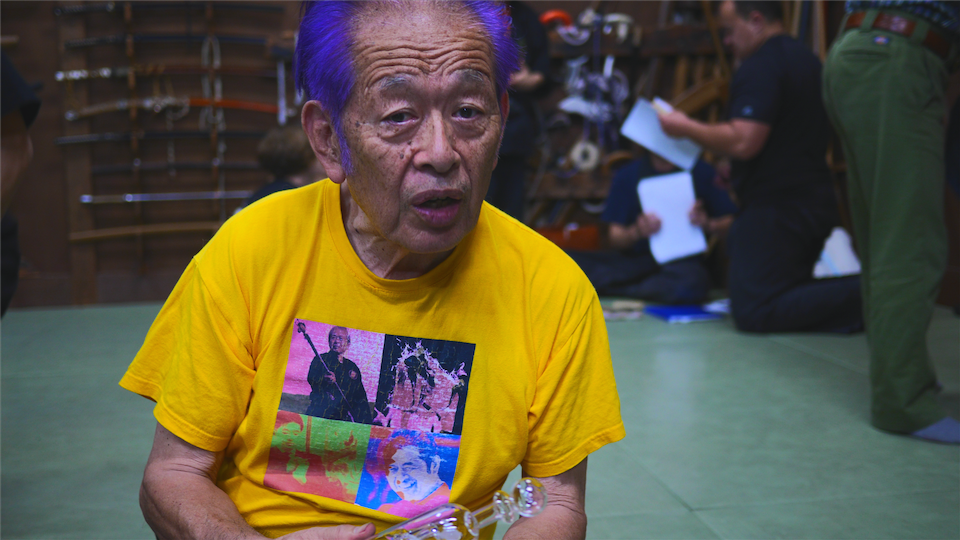The Invisible Barrier of 銛盤手裏剣 Senban Shuriken
From Bujinkan Santa Monica by Michael
 |
| Wall and Trees 鎮護堂 Chingo dou, Asakusa, Japan. Photo by Michael Glenn |
As you know, Hatsumi Sensei often uses wordplay to expose different truths. And he wrote senban for us with different kanji that reveal a secret. But first let me tell you why you should care.
There are invisible barriers in our training. Here is one you may not know about:
As a Bujinkan student, you may come to stand on the edge of your own humanity, look down to the light side, and the dark side. And there you will find yourself. You might love or hate what you see. That’s a terrible beauty of training.
When I was young, I was not smart. I secretly ordered some senban shuriken through the mail because my parents would never have allowed me to possess ninja weapons. I had to wait everyday by the mailbox to get the mail before my parents did.
When my shuriken arrived, I quickly removed them from the package to test them out. I chose a tree in the yard for a target. I had no idea what I was doing.
I was poor in ability and aim, but the big mistake was my choice of a target. The tree stood in front of a stone wall. Every time I missed, the senban slammed into the wall.
Within 15 minutes, the metal points were dull and bent.
Now, 30 years later, I see many students make the same mistakes I did. One of the biggest and worst mistakes is like choosing a bad shuriken target. You choose the wrong reason for your training.
I made that mistake too. It was difficult to fix. I almost didn’t recover.
Why do you train? Do you even know? Have you chosen a bad reason or target?
Soke recently demonstrated 閃万飛低 senban hitei. This was a way of writing senban I had not seen. My translation is not the best, but you may read it as 10,000 flashes flying low. Imagine the flashes from a storm of metal shuriken flying in every direction.
This image can lead us to an enlightened direction. The flash of inspiration (閃き) can appear from 10,000 directions (meaning from anywhere and everywhere). But you may only perceive it by flying low, or training with humility.
If you cannot, you are the target. Your life is like a storm of 10,000 senban. And every shuriken will be aimed at you.
This is one of the invisible barriers of the Bujinkan. To truly understand our art you must erase the self. It seems like that is simple advice. Don’t be a target. Become zero.
But your reason for training appears from your own ego. That means it already is, or will become a barrier to understanding the Bujinkan. You have to let it go.
The problem is not the desire to train. The problem is that no one puts in honest effort to remove these barriers. Most people don’t get past their original motivation and they give up the idea of trying. An then so many Bujinkan students merely half-ass their training. Or they quit.
I see this in every dojo across the Bujinkan. I see it in my own students. I see it in myself.
Real Bujinkan training is not a game. It is not playing ninja. It is hard work.
If you want to to know what I work on in my own training, you can sign up for my weekly training notes: http://eepurl.com/cD5v6
So what is your reason? if you’re going to get serious about training , you have to have your “why” squared away. You have to welcome the storm of shuriken that you will face. And mentally, never give yourself the option to quit.
Hatsumi Sensei explains one ninja senban tactic like this: 心して前万に投げること、大秘なり This big secret is like carefully throwing away all of the bad parts of yourself. Then you will be invisible to the enemy behind a storm of shuriken.



























